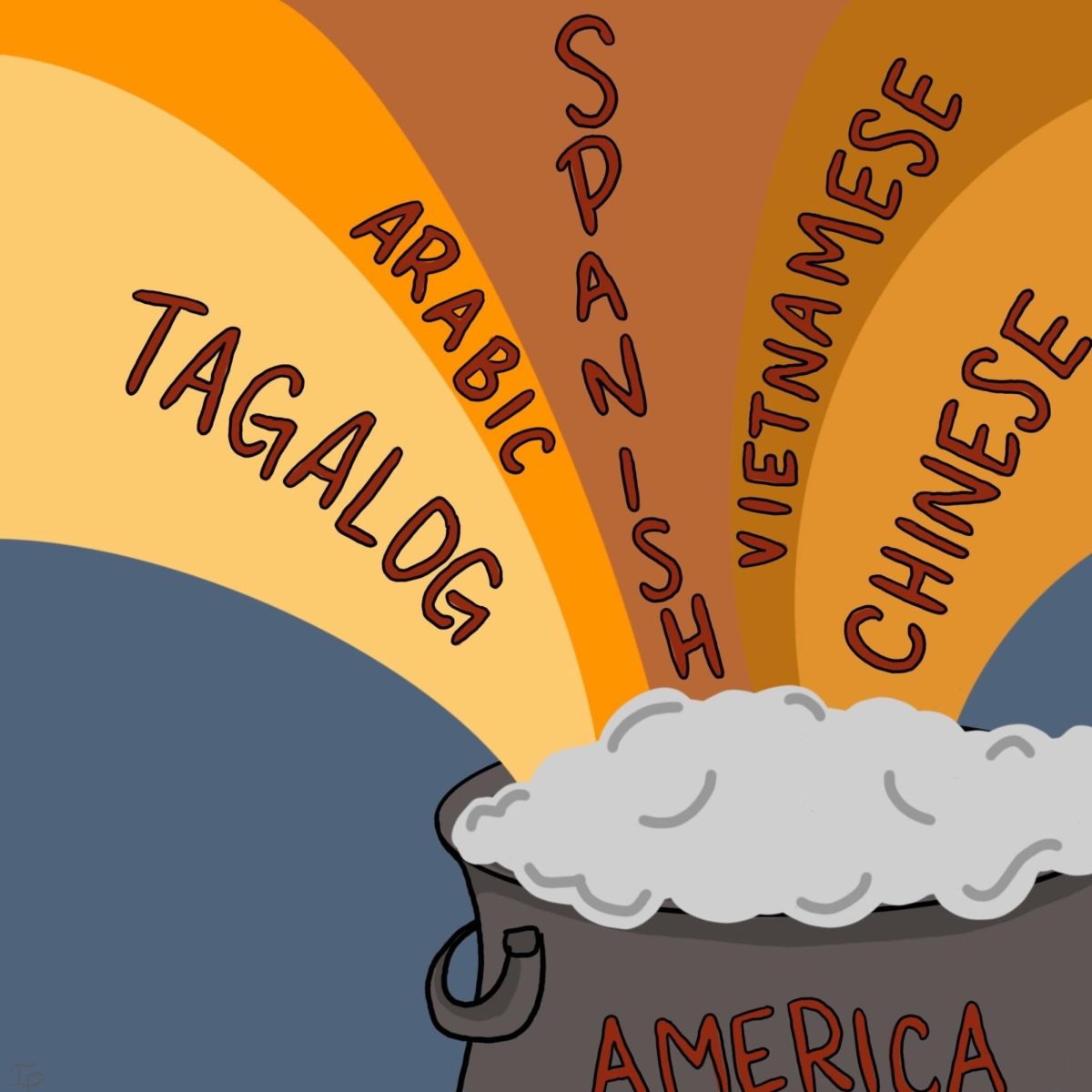A new view on 9/11
October 16, 2003
“9 of 1: A Window to the World”
Oliver Chin
Frog Ltd.
2003
Since September 11, 2001,… “9 of 1: A Window to the World”
Oliver Chin
Frog Ltd.
2003
Since September 11, 2001, the media has bombarded us with news concerning its aftermath, including the “war on terror.” But how many of us truly have time to keep up with every event in world politics that is, or has been, affected by terrorism? If only there were a way that all the dense facts could be compacted into a tiny – say, 100-page – book, with cartoon-like illustrations and a publication that resembles a comic book.
Well, look no further. Oliver Chin, author of “9 of 1: A Window to the World” offers an interesting approach to an oversaturated topic. He has created a comic book that lays out how each culture and nation has been affected by terrorism. The content of the book goes beyond what type of relationship the United States has with other nations to include information that Americans have either chosen to forget or have suppressed deep in their consciousness, such as our history of internal terrorism, with individuals such as Timothy Leary and Charles Manson.
This book is unique in its layout and subject matter. Its content is rich enough that it could be used as a supplemental reading for a college-level world politics course, yet short and direct enough to grab hold of the attention of a young adult who is unfamiliar with current events. But the truly remarkable trait of this book is the truths that it leads us to face and how we are allowed to face them – with a sense of optimism and hope for positive change.
Using a comic-book format, Chin keenly utilizes a medium that best explains cultural differences around the world. We are presented with facts alongside a story of a group of high school students in a fictitious school given an assignment to interview someone about how they have been affected personally and politically by the events of September 11, 2001. By placing pictures of the cultural distinctions alongside the text, the reader is more able to flow through the book – we can see what is being talked about, rather than being forced to imagine it.
“9 of 1” is atypical because it does not simply place facts without feeling. Instead, it forces the reader to ponder over alternatives and ways of change by asking questions such as “How hard is it to do the right thing?” and “Would the outcome of another war be different?”
From a thorough introduction to the conflict between Afghanistan and Pakistan to American greed for oil and the repercussions it has caused to the culture of the “glorified” suicide bombers and martyrs, “9 of 1” could help enrich the lives of young adults struggling to grasp the concepts of what is going on in the world.
Recommended for those who are struggling to understand recent events in America and the reasons they happened, politically, economically and culturally, “9 of 1” offers a perspective on these topics unlike any other media representation.


